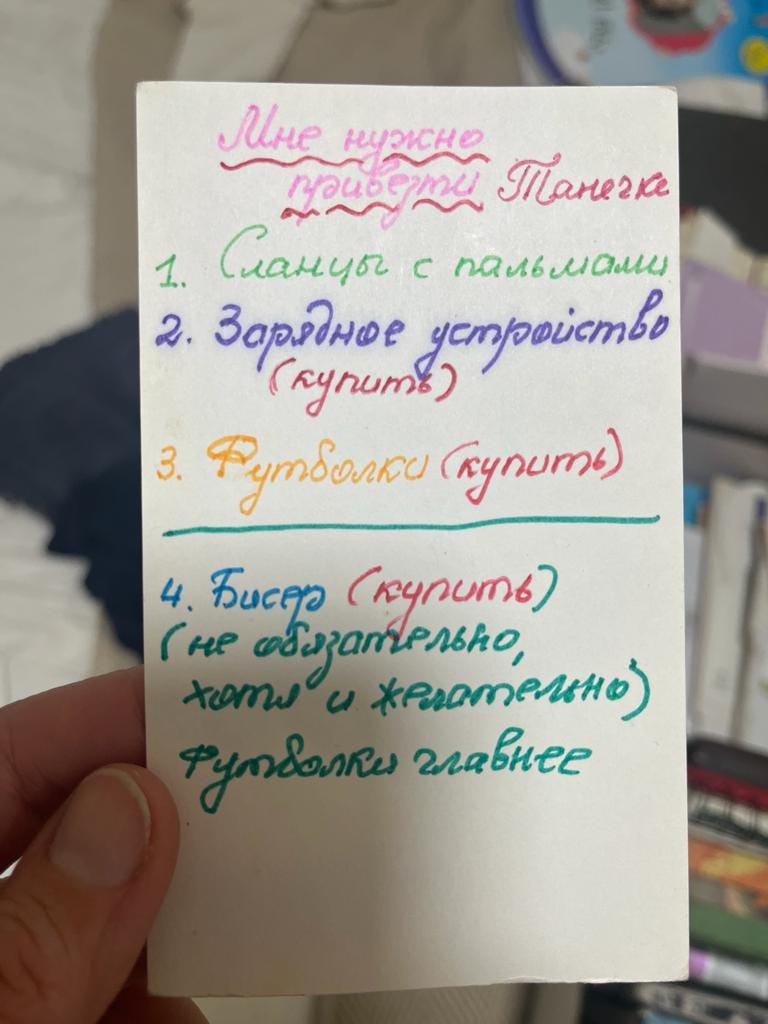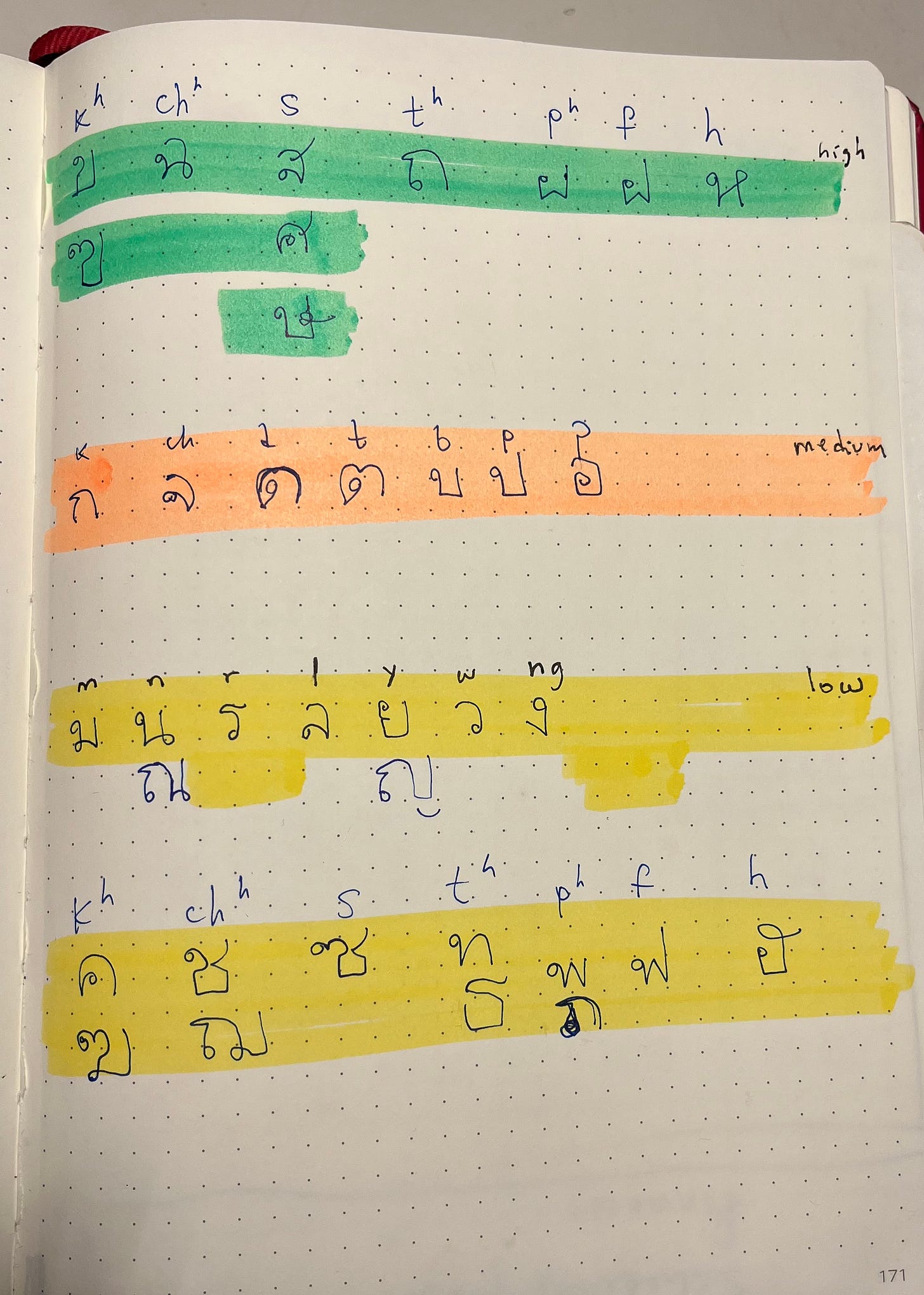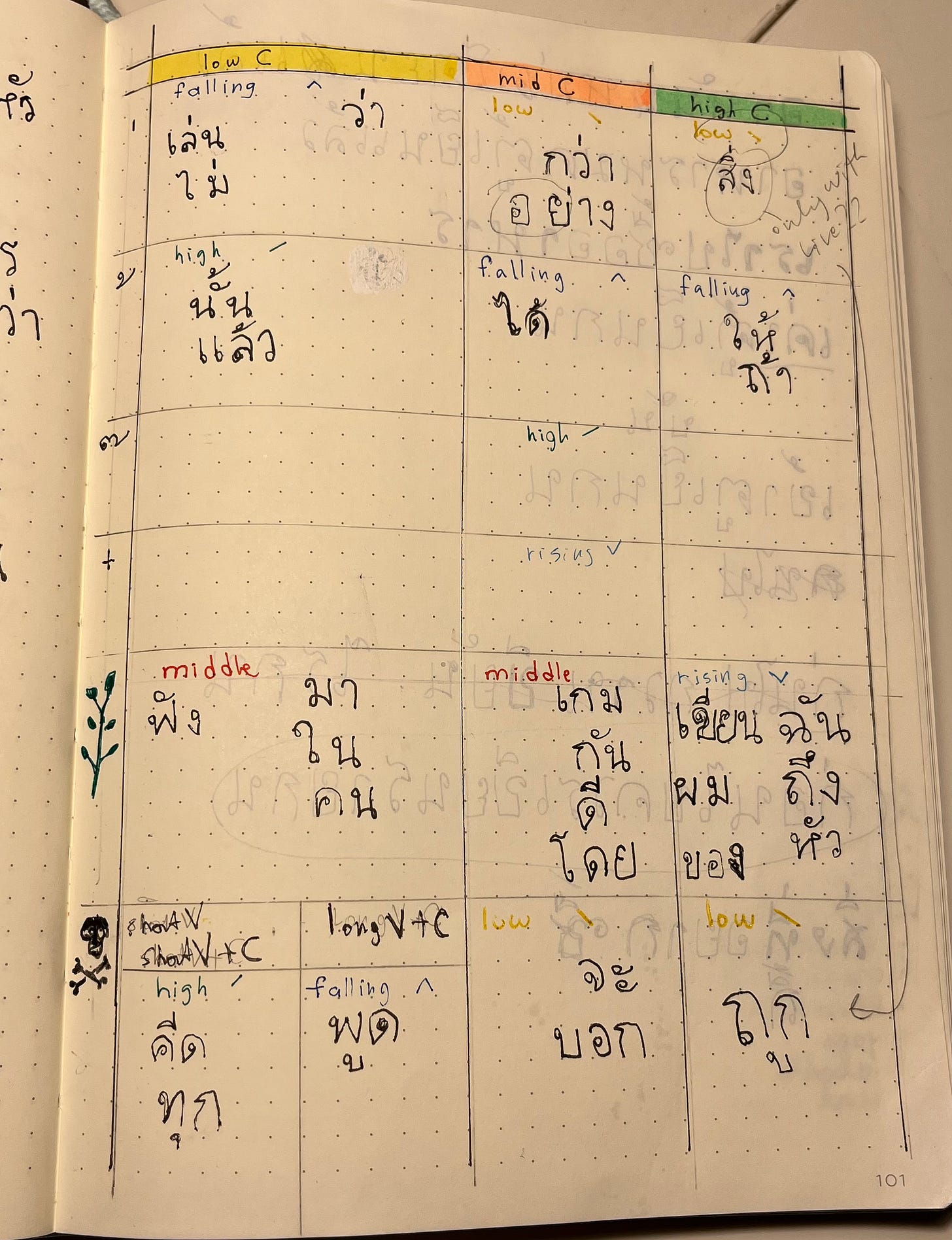Methinks I have a problem.
And this problem is called I don't know how to stop.
My plan, when I started this project, was to learn the basics of each language, achieve a passive understanding of the grammatical system, be able to have a very basic conversation in it (notice: just one conversation), tell the world about some of its frustrating fascinating features and move on. Whatever happens to it next in my head, happens. If it completely evaporates, so be it.
I never planned to become a full-time poly-glop spending my days attending to 12 new languages in my head.
This was supposed to be an exercise in non-attachment and anti-perfectionism.
But this is not how it's shaping up to be.
Turns out I do get attached both to the language and to the efforts that I put into learning it and I don't like the idea of simply letting it go.
Turns out that almost understanding is worse than not understanding anything at all.
These days if I see a discussion in Finnish in the comment section of some FB post that I'm not even interested in and all I can understand is whether something is a verb or a noun, I feel left out.
It annoys me when I listen to a podcast in Thai and all I take away from it is that "someone said to someone that thirty-four something the day after tomorrow."
To fix this problem, I've started branching out beyond the Peppa Pig series in Finnish and beyond Grace's "Slow Thai Series - My Pets" YouTube videos.
Which creates a different type of problem. If I go this route with every one of the 12 languages I’m supposed to learn this year, this will quickly turn into a "Supersize Me" - type of experiment. Things not to do to your mind and body.
Most disturbingly, I've started learning the Thai writing system in earnest. Because I like pretty notebooks filled with neat handwriting and because I get childishly excited when writing secret messages to myself in a language nobody around me understands. People have warned me that this is the most insane writing system in the history of insane writing systems and I’m starting to suspect they were not wrong.
And that’s why I got quite sick last week. Because if you want too much of life — the universe is gonna push back and give you a sore throat. (Feel free to quote this piece of wisdom.)
“If you want too much of life — the universe is gonna push back and give you a sore throat.” T. Mozias
Also because I caught it from Yannai who brought it from school. But mostly it was because of my oversized ambition.
What can I say? Some people feel compelled to jump with a parachute because it gives them an adrenaline rush.
And some of us get an adrenaline rush from studying a completely illogical writing system while running a 38.8-degree fever.
Which made me think.
How do our brains internalize completely random information?
The answer is they don't. What they do is they make it non-random.
Whenever we attempt to memorize anything at all, our neurons build connections to other neurons, connecting this information to something else in our neural network.
That's why random word memorization doesn't work. If you don’t have a context to attach those words to, you won’t remember them.
The connections my brain makes may not be the connections your brain makes. But there has to be something for it to stick in your memory.
I, for example, color-code everything. Maybe that’s because I have a (recently officially confirmed) ADHD. Or maybe because this is objectively a great way to live.
I color-code things that don’t even need to be color-coded.
My sister moved apartments recently and has unearthed this very colorful note that I wrote to her when I was I guess 12 years old judging from my neat Russian cursive writing, listing things I wanted her to bring me back from wherever she was going:

At first glance, it seems that the Thai writing system is exactly the type of scenario where you have no choice but to memorize random information. But I believe that anything random can and should be made a little bit less random.
Thai has 44 letters representing consonants (some letters represent the same sound). These are classified into three groups: high, middle, and low. This classification has to be memorized and is needed to help you figure out the tone of each syllable.
But even this can be made less arbitrary.
For example, this consonant chart from an otherwise great website makes me want to pull my hair out of my armpits because of how unhelpful it is. Why is it that ‘low class’ consonants are placed at the top of the chart and not at the bottom as their name suggests?
I’m genuinely curious if I’m the only weirdo who is bothered by this or if it’s universally bothersome. Please let me know in the comments. Or privately if you don’t want to expose yourself.
(Also why is 'low' colored in green when it's absolutely clear that it should be yellow???)
It took me a while to rid my brain of this disturbing image and replace it with this one:
And of course, once I did that, it turned out that things were not as random as they seemed.
For example, it turned out that
all ‘middle’ consonants are a clearly defined phonetic class: these are consonants that are produced by blocking the airflow, called “stops” and “affricates” by linguists.
sonorants (sounds like m, n, l that are produced with the airflow unobstructed) are always low-class.
So really the only group of consonants that can be represented by two different letters randomly assigned to 'high' or 'low' classes are fricatives and aspirated stops (that is, consonants that are produced by blocking the airflow only partially.) And this random bit of information is encoded in the color and their location on the page.
By the way, you don’t have to be a linguist to make these connections. It’s ok to use whatever categories you want as long as they make sense to you.
Thai vowels can be written to the right, to the left, under and/or over the consonant, or not at all. Sanskrit does that too. Sanskrit and Thai are unrelated. Sanskrit belongs to the Indo-European language family, while Thai belongs to the Kra–Dai language family. But both their scripts are of Indic origin. This type of script system is called “alphasyllabary”, where vowels are written as diacritic marks around the consonants.

I don’t have any helpful suggestions as to how to best memorize these.
To figure out the tone of a syllable you need to take into account 1) the type of consonant 2) the type of syllable (whether it ends in a consonant or a short/long vowel, etc), and 4) a tone mark which means different things depending on the type of initial consonant.
There are all sorts of tables summarizing the tone rules floating around the web, but none of them did it for me. It took me only two weeks but eventually, I came up with my own:
I'll spare you the details of what all this means. The only thing that saved me from going insane was that I already knew a lot of Thai words. So in each cell, I wrote not only the rule but also the words that exemplify that rule. I'm simply connecting the word that my brain already knows with the otherwise random tone rule.
I would have never attempted to master this system before learning how to speak Thai.
In conclusion, I just feel grateful that it wasn't a Chinese speaker who was injured and hospitalized back in October. Because then you'd see me memorizing the 3000 characters needed to even start writing Chinese and I wouldn't know how to stop.









I agree that the high should be on top and the low on the bottom. How can that not be universally obvious?
Oh boy, if you think Thai orthography is bad, check out Tangut's. Thankfully, the language is extinct, so no one *has* to learn it.